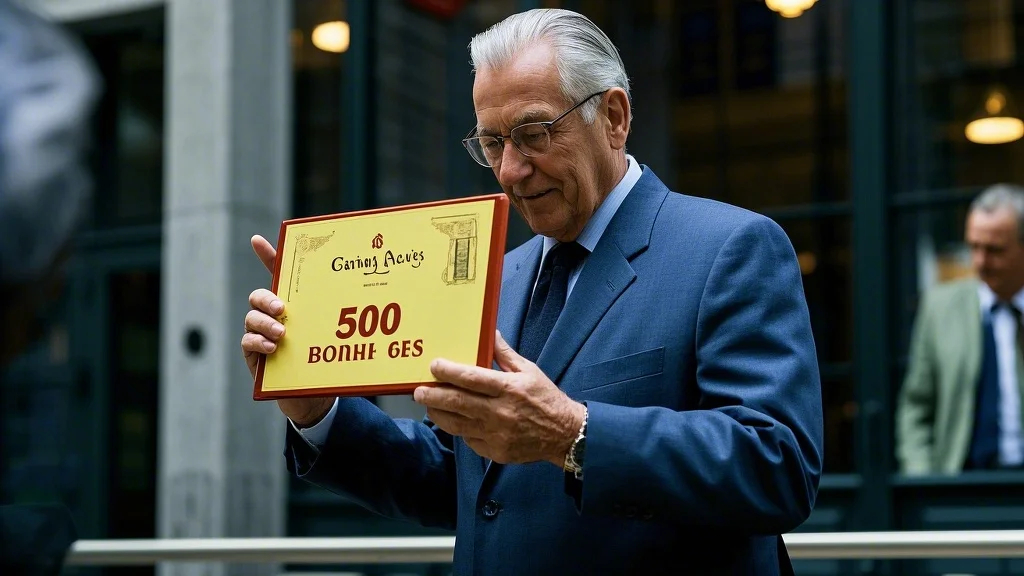In the dynamic world of precious metals, the authenticity of gold refinery assay certificates is paramount. This guide delves into the intricacies of verifying these documents, essential for ensuring the integrity and value of your gold. Whether you’re a buyer, seller, or investor, understanding how to authenticate assay certificates can safeguard your interests and provide peace of mind.

Understanding Gold Refinery Assay Certificates and Their Importance
In the realm of gold trading and investment, assay certificates are the cornerstone of authenticity. These certificates, issued by refineries, certify the purity, weight, and quality of gold. They serve as official documentation, crucial for transactions, especially in the global market.
What Are Gold Refinery Assay Certificates?
An assay certificate is a document provided by a refinery after testing and refining raw gold. It details the gold’s weight, fineness (purity), and any additional elements. This certificate is essential for transactions, ensuring both parties are assured of the gold’s quality.
The Role of Assay Offices
Independent assay offices, like LBMA (London Bullion Market Association), audit refineries. Their role is to verify that the refinery adheres to international standards, ensuring the certificates’ reliability.
Why Authentication Matters
Authentication is crucial to prevent fraud and ensure the gold meets market standards. Without proper verification, buyers risk purchasing subpar gold, leading to financial loss or legal disputes.
The Necessity in Today’s Market
With the rise in counterfeit practices, authenticating assay certificates is more vital than ever. It protects the integrity of transactions and upholds market trust. For investors, it ensures their investment is legitimate and of high value.
Steps to Authenticate Gold Refinery Assay Certificates
1. Verify the Issuer
Ensure the certificate is issued by a reputable refinery and assay office. Check if the issuer is LBMA-accredited, a mark of credibility and adherence to global standards.
2. Inspect the Certificate
Examine the certificate for details like the refinery’s name, lot number, and assay office seal. These identifiers should match the information on the certificate.
3. Understand the Assay Method
Different methods, like X-ray fluorescence or chemical analysis, are used. Ensure the method aligns with industry standards for accurate results.
4. Third-Party Verification
Engage a third-party auditor to verify the certificate. Their expertise can provide an unbiased assessment, adding layers of security to your transaction.
Assay Verification in Buying/Selling
For buyers, verification ensures the gold meets specifications. For sellers, it enhances credibility and facilitates smoother transactions.
The Future of Digital Certificates
Emerging digital certificates offer enhanced security through blockchain technology, reducing fraud risks and streamlining verification processes.
Authenticating gold refinery assay certificates is vital for maintaining market integrity and protecting financial interests. Understanding the steps involved ensures confidence in gold transactions. As digital solutions evolve, staying informed about the latest trends will be key to navigating the market effectively.




